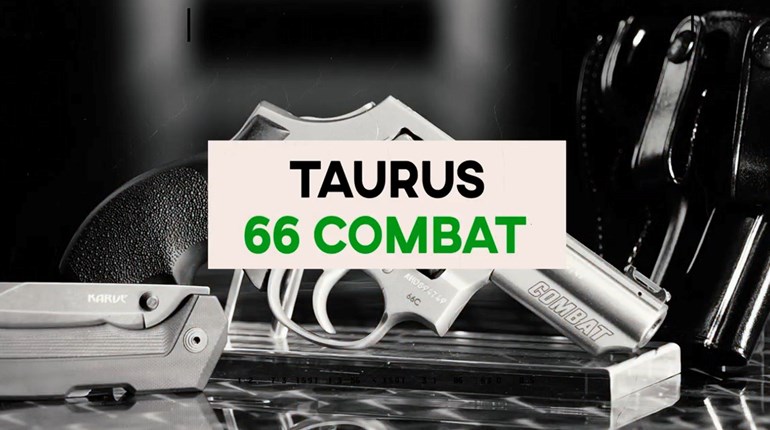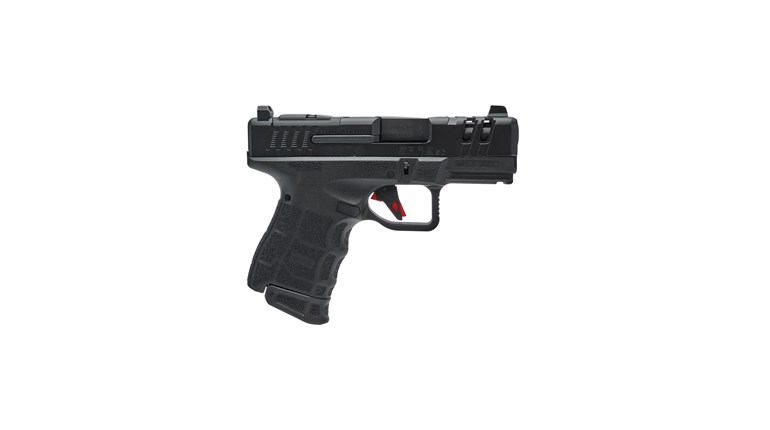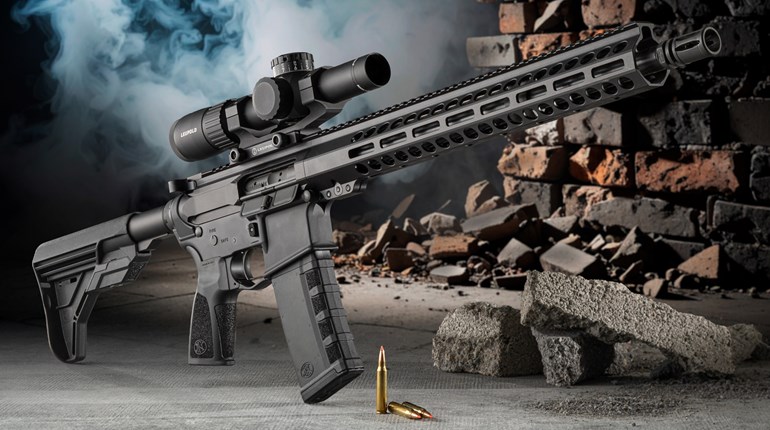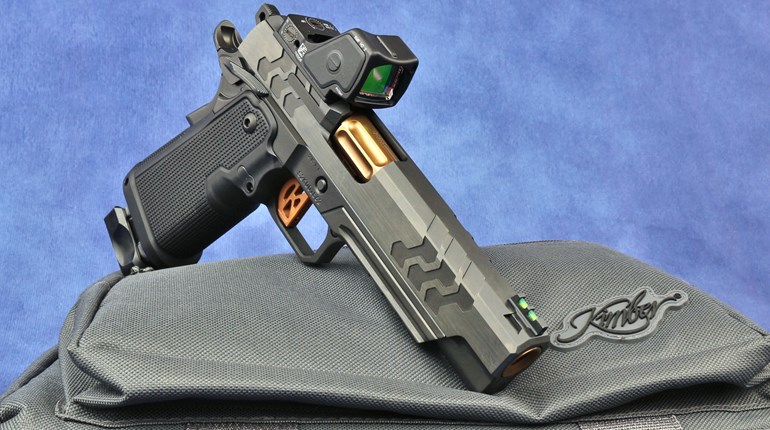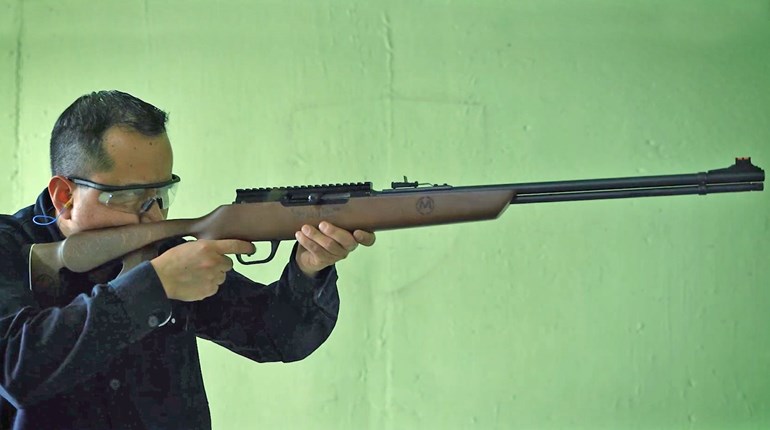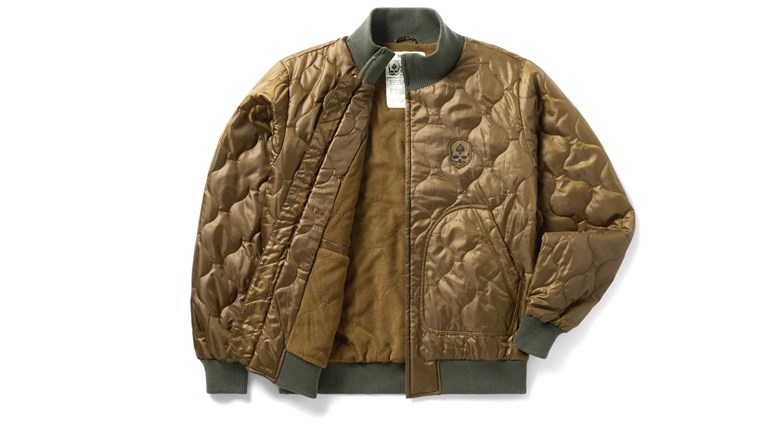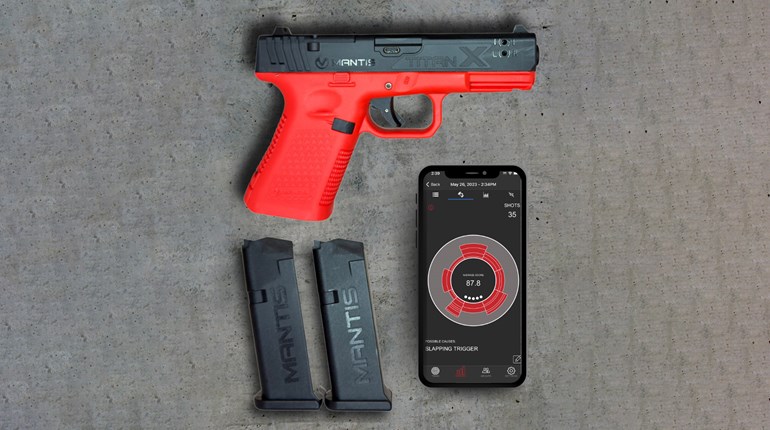
OK, let’s get the obvious part out of the way right off the bat. Yes, the Shadow Systems MR920 is (loosely) based on the Glock G19. It’s a polymer-frame, striker-fired 9 mm handgun with a 4-inch barrel, 15-round capacity and a bladed-safety trigger; that’s a pretty familiar pattern, no? I think it’s pretty safe to say that the Glock G19 has entered into the pantheon of firearms that have become generic trademarks: 1911, AR-15, AK-47 and, more recently, the 10/22. Clearly this is both an expected and accepted pattern, and it makes a lot of sense—the G19 has been around since Ronald Reagan was in office. It’s about the perfect size for concealed carry, and there’s a huge, robust aftermarket to support it. It would be noteworthy if the design wasn’t copied.
Let’s take a moment and dive into what Shadow Systems calls the “Foundation Series,” into which the MR920 pistol in this review falls. For those of us used to legacy companies having a standard line, then offering a “performance” or “custom” version, this might seem backward: The “Foundation Series” is a back-to-basics version of the standard MR920, available at a more budget-friendly price. It doesn’t have the lightening cuts or TiN barrel, it doesn’t come in FDE; it’s just a no-nonsense pistol. If you don’t need bells and whistles—or would prefer to add your own—this handgun is definitely up your alley. There are three pistols currently available in the foundation series: the MR920 we have here, the XR920 which offers a full-size grip with the compact barrel and the DR920, which is full-size in grip and slide length.

Don’t think the “Foundation Series” is stripped-down, though. All models come with the tremendous grip texture, extended beavertail, undercut trigger guard, forward and aft slide serrations and optics cut, among other things. These are full-featured handguns, just without the extra aesthetic touches. Shadow Systems has designed both the standard and Foundation Series pistols to be compatible with Glock-oriented hardware such as magazines (two Magpul PMag15s ship with the MR920; also tested were Glock OEM and Ektar-USA EM9-18 magazines) and holsters. Be aware, though, that subtle differences between the G19 and the MR920 frames may render some holsters on the tighter side and may require some minor fitting.
I want to dive a little deeper into the optics cut on the MR920, as it’s one of the more interesting solutions to the multi-optic conundrum I’ve come across. Rather than offering a series of plates or adapters, Shadow Systems has a shim set combined with twin milled screw holes. Smith & Wesson’s CORE optics system uses this same general idea, in that there are two basic screw patterns in pistol-slide-mounted optics, but Smith pairs them with plastic mounting plates for proper alignment. The setup from Shadow Systems involves three shims of different depths that butt up against the front (or rear) of the optics cut and, for lack of a better term, wedge the optic in place. The screws, obviously, align the sight properly, while the shims prevent any additional movement. Three shims and three sets of screws are provided, and should match the vast majority of pistol optics currently on the market.

This allows two separate things to happen: first, the optic sits quite low on the slide. While Shadow Systems states this is to allow co-witness without using suppressor-height sights, what I found was that with an EOTech EFLX mounted, I could line up the very tip of the front sight with the shallowest of notches in the rear. You can use the standard sights for backup, but if you’re really concerned, add suppressor-height sights. The second benefit to this system is not having to match up adapter plates to optics; fit the shim snugly and use the screws provided. Adding micro-red-dot sights to a pistol slide is pretty complicated, as our Handgun Editor has lamented, given the numerous footprints and mounting systems. Shadow Systems has dramatically simplified the process, and offers excellent documentation both on the company’s website and in the packaging with the pistol. I’ve put approximately 350 rounds through this MR920 with the EFLX attached over a series of range trips and not noticed any change in zero; I’d feel a little more confident if this number were 1,000 or even 1,500, but such are the realities with time and limited ammunition these days.
Another area where Shadow Systems has really done an excellent job is the grip texture. Not only is it in the sweet spot for great purchase without being unduly grating (literally), it covers the grip evenly across the frontstrap and backstrap areas as well as the sides. Three backstraps help fit the MR920 to the shooter’s hand, while an exaggerated beavertail allows a high grip without worrying about getting too close to the moving slide. The trigger guard has a generous undercut to spare the middle finger of the shooting hand, too.
It’s little, thoughtful touches like these that make it clear the MR920 was designed by shooters for shooters. I’ll even forgive the slightly heavier-than-expected trigger pull (Shadow Systems lists the pull as between 4.5 and 5 pounds; it measured an even 7 pounds on our Lyman digital scale). It’s not a bad pull, not by any stretch of the imagination; it’s quite manageable and clean, with about a quarter-inch to reset needed for follow-up shots. By any striker-fired standard, it’s a decent trigger indeed—and the accuracy results bear that out. Finishing things up, no failures of any type were observed in the 350-odd rounds fired in testing.
So, what’s the bottom line on the Shadow Systems Foundation Series MR290 pistol? If you’re looking for something familiar, yet different, it’s definitely an option to consider. Reliable, accurate, easy to carry and shoot; there’s a lot to like about the platform. Should you be looking to add an optic, this is one of the easier systems to use, too; even without the optics, the plain white dot on the front sight contrasts well with the black, serrated rear sight. It’s an all-around good pistol, and there’s a lot to like about that.













